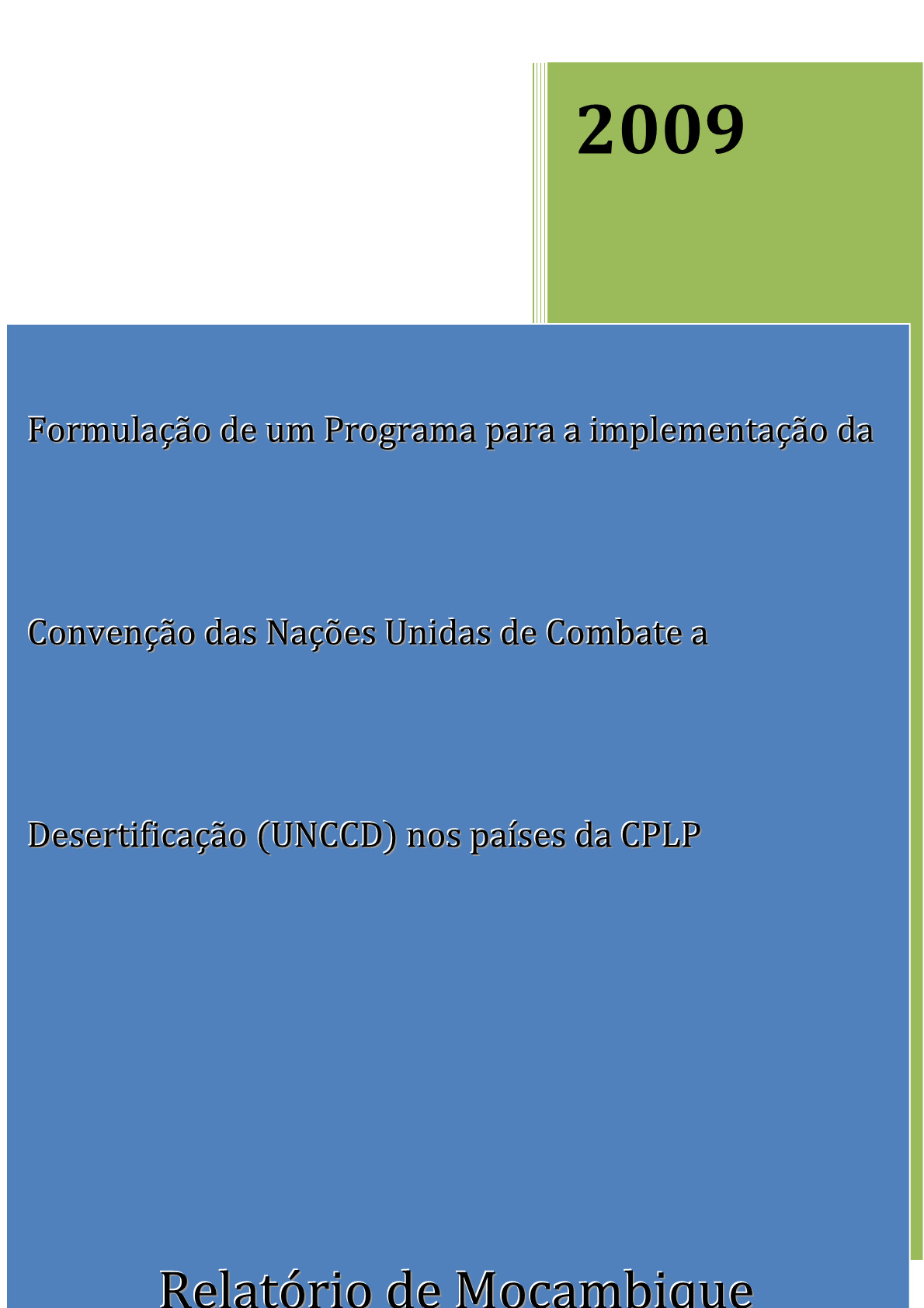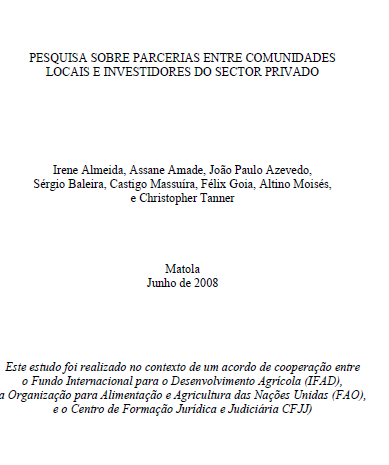Location
The Regional Office for Africa advocates for strong regional partnerships and timely Country Office support.
The substantive technical work of the Regional Office focuses on co-ordinating normative work and its policy dimensions and leadership of the regional dimension of the Organization’s technical networks.
Three main areas characterize the African regional dimension: priority setting and strategic planning, partnership development, and resource mobilization.
The major actions of the Office in Africa put a particular emphasis on:
- Country Offices are the key to FAO's success
- Stronger, more demand-driven multi-disciplinary technical teams
- Intensified regional administrative and operational support and Country Office oversight
- Full capitalization of the potential for extra-budgetary funding
- Focused policy dialogue
- Strengthened support to Pan-African institutions
The Office works at greater focus on high level dialogue and policy formulation in partnership with regional organizations, as well as greater support to the other decentralized offices through closer oversight and support. With its skill-mix technical teams, it makes a point in focusing on country level activities by the multi-disciplinary teams as well as stronger, specific partnerships with the Regional Economic Communities.
Members:
Resources
Displaying 71 - 75 of 107Nature & Faune, vol25, no.1
This issue offers seventeen articles distributed among the following aspects of the climate change theme: two articles on Climate Change Impact; three articles on Climate Change Mitigation; nine articles on Climate Change Adaptation; and three articles that straddle all aspects of the climate change topic. The edition also presents specific information on aspects of climate change issues in individual countries including Cameroon, Chad, Ghana, Mauritania, Nigeria, Senegal, Sudan and Zimbabwe
Nature & Faune, vol25, no.1
This issue offers seventeen articles distributed among the following aspects of the climate change theme: two articles on Climate Change Impact; three articles on Climate Change Mitigation; nine articles on Climate Change Adaptation; and three articles that straddle all aspects of the climate change topic. The edition also presents specific information on aspects of climate change issues in individual countries including Cameroon, Chad, Ghana, Mauritania, Nigeria, Senegal, Sudan and Zimbabwe
Africa’s changing landscape
Access to arable productive land in African has been in decline due to the pressure of growing population trends and worsening land degradation as a result of climate change. Recent high profile land purchases covering thousand of hectares of prime agricultural land have raised concerns over equitable land access. Major expansions in regional land markets have increased investor interest in land acquisitions. Perceptions of land availability and competitive land prices have driven demand for prime agriculture land.
Formulação de um Programa para a implementação da Convenção das Nações Unidas de Combate a Desertificação (UNCCD) nos países da CPLP
A localização geográfica de Moçambique nos trópicos e subtrópicos, faz com que ele seja vulnerável a eventos extremos de origem meteorológica tais como secas, cheias e ciclones tropicais e de origem geológica como é o caso de sismos e tsunamis. Dentre as diversas zonas do país, as áridas, semi-áridas e sub-húmidas secas são as mais vulneráveis, devido à degradação da terra caracterizada por perda persistente de productividade de vegetação, solos e pastagens e exacerbada pelo seu uso inapropriado (UNDP, 1992). As regiões sul e parte do centro do país são as mais afectadas pela seca.
Pesquisa sobre parcerias entre comunidades locais e investidores do sector privado
A Lei de Terras de Moçambique foi aprovada em Outubro de 1997 e é amplamente reconhecida como um passo político e legislativo inovador no contexto do continente africano. A lei tem como base a Política Nacional de Terras de 1995, que na sua declaração central, ou „mission statement’, oferece o esboço de uma estratégia de desenvolvimento rural onde a questão chave é como compartilhar os direitos sobre a terra entre ´o povo´ de um lado, e ´o investidor´, de outro:



